MINETA TRANSPORTATION INSTITUTE
This report provides a review of scholarly literature with direct relevance to the topic of modal shift and high-speed rail (HSR). HSR systems are usually planned on the expectation that they will attract riders who would have chosen other modes (such as air, automobile, bus, etc.) had the HSR not been created. Identifying and measuring the actual ability of HSR to effect modal shift is therefore critical. To establish the most current systematic research on the topic, this report examines the evidence concerning HSR and modal shift in both secondary analyses of previous studies and in newer studies that use primarily original data. The studies that were reviewed comprise a large variety of HSR systems, time periods, data sources, and means of analysis.
Archive for the ‘Rail’ Category
Modal Shift and High-Speed Rail: A Review of the Current Literature
Wednesday, July 9th, 2014Runaway Train: The Reckless Expansion of Crude-by-Rail in North America
Tuesday, June 10th, 2014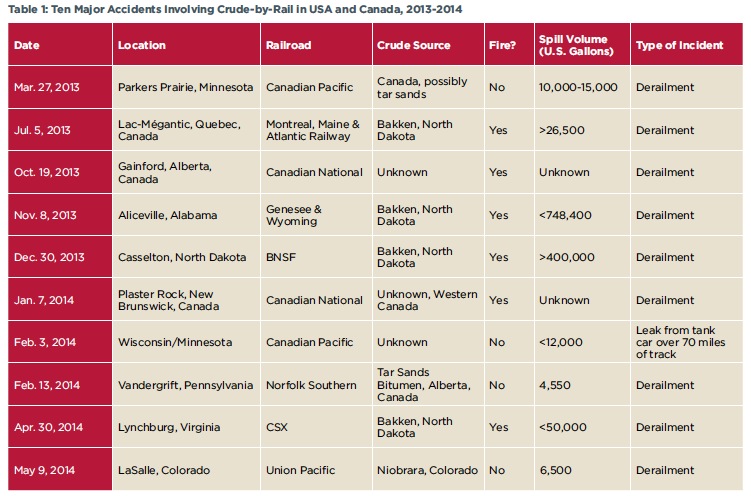
OIL CHANGE INTERNATIONAL
This report tracks the rise of crude-by-rail in North America, detailing where crude trains are being loaded and unloaded, how many trains carrying crude oil are crossing the North American continent, and who is involved in this burgeoning trade.
The Northeast Corridor and the American Economy
Thursday, April 24th, 2014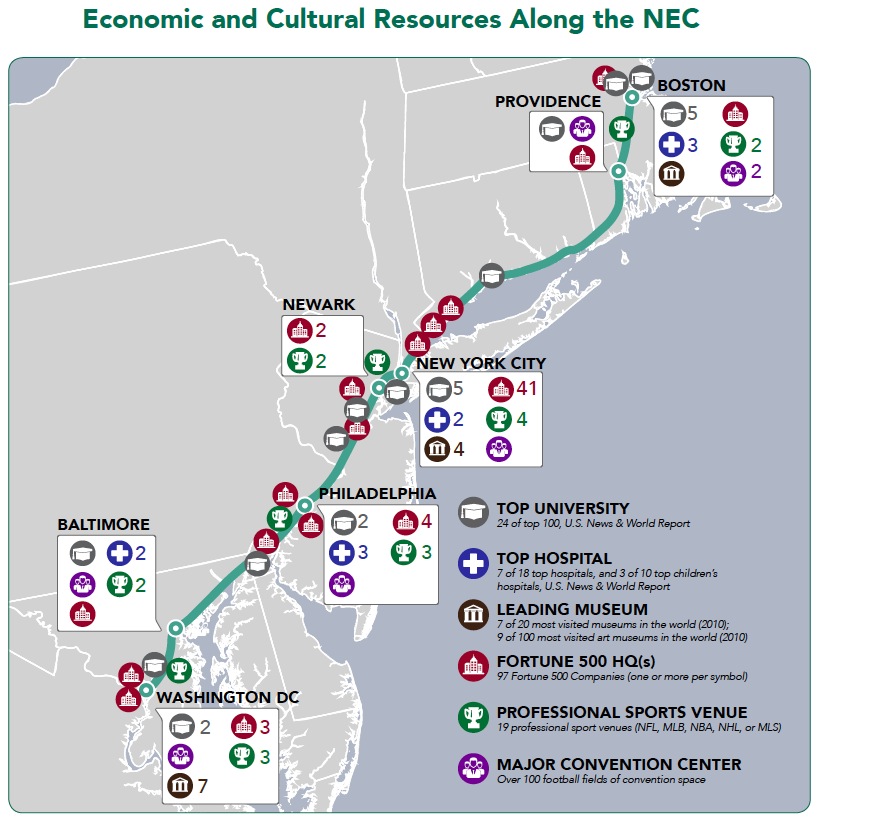
NORTHEAST CORRIDOR INFRASTRUCTURE AND OPERATIONS COMMISSION
The NEC Region is home to more than 51 million people and four of the ten largest metropolitan areas in the country. The NEC connects interdependent markets that collectively are a national and global force. Its economy is the fifth largest in the world, ahead of France and just behind Germany. The NEC Region is an international center for education, healthcare, technology, media, and finance, all industries widely expected to fuel economic growth in the 21st century. Research in this report finds that the NEC contributes to the productivity and livability of the Region in ways that increase the nation’s global competitiveness.
Infrastructure 2014: Shaping the Competitive City
Monday, April 14th, 2014
URBAN LAND INSTITUTE
HOW DO REAL ESTATE DEVELOPERS AND INVESTORS—who could pursue opportunities regionally, nationally, or internationally—think about infrastructure? How do city leaders use infrastructure investments to position their cities for real estate investment and economic development? What role does infrastructure play relative to other economic development strategies? And are public and private perceptions and priorities aligned—or do they diverge, and in what ways? These were the central questions for Infrastructure 2014: Shaping the Competitive City, the eighth in an annual series of reports examining infrastructure trends and issues by ULI and EY.
Why High-Speed Rail Isn’t Less Cost-Effective Than Other Transit Investments (Part Two)
Thursday, April 3rd, 2014
Last week UCLA published a working paper arguing that urban transportation projects were more cost-effective at reducing greenhouse gas emissions than high-speed rail (HSR). I posted a critique of that paper, focusing first on the benefits side of the ledger, showing that the authors had overstated the user savings of light rail, bus, and bicycle infrastructure projects while HSR’s savings may have been undersold. This week, I’m going to look at costs.
View this complete post...Moving Midtown West: Four Rail Investments Vital to New York City’s Future
Tuesday, April 1st, 2014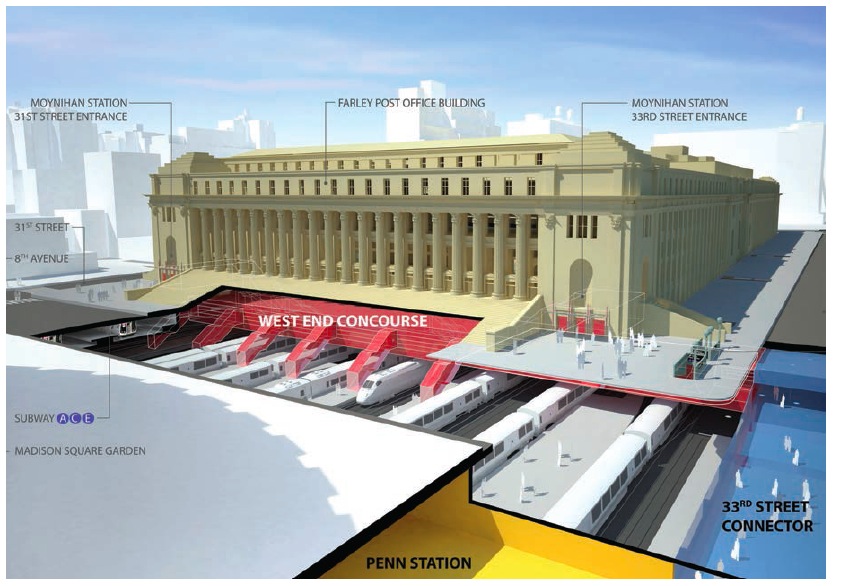
NEW YORK BUILDING CONGRESS
The recent discussion about the future of Penn Station offered a unique opportunity to focus public attention on the rail system’s crucial importance to the economy and the mobility of the City, particularly on the emerging Far West Side of Manhattan. Unfortunately, this conversation failed to address the single most important problem the City faces around Penn Station: New York City’s rail connections to New Jersey and points north and west have remained essentially unchanged for more than a century.
Transportation Moves Wisconsin
Tuesday, April 1st, 2014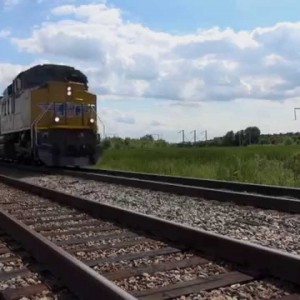
Transportation Moves Wisconsin. The state’s multimodal transportation network moves Wisconsin as it has from our beginnings. Important decisions need to be made about the path to a new vision for transportation.
View this complete post...Why High-Speed Rail Isn’t Less Cost-Effective Than Other Transit Investments (Part One)
Wednesday, March 26th, 2014
As someone who’s been car-free for going on six years, I’m the last person to criticize someone trying to raise the profile of local transit and active transportation investments — I rely on them every day and frequently write about the need for more. Even though most people don’t get rid of their cars when new transit services arrive, some do, and that’s amazing. We should celebrate and encourage that. But at the same time, pitting different forms of clean, efficient transit against one another isn’t productive, especially when those transit types serve entirely different purposes. I feel that this recent UCLA report understated the benefits of HSR while overselling the benefits of rail, bus, and bike infrastructure. In truth, they’re both outstanding investments and perfect complements, and we should be striving to find ways to build more of each.
View this complete post...Follow InfrastructureUSA
CATEGORIES
- Accountability (219)
- Aging Infrastructure (758)
- Aviation (130)
- Biking (324)
- Bipartisan (271)
- Bridges (493)
- Broadband (57)
- Buses (160)
- Carbon Tax (22)
- Clean Air (182)
- Climate Change (202)
- Competitiveness (230)
- Congestion (327)
- Dams (77)
- Democrat (123)
- Drinking Water (192)
- Economic Stimulus (276)
- Employment (207)
- Energy (585)
- Environment (615)
- Equity (239)
- Funding (888)
- Global (205)
- Great American Infrastructure (33)
- Green (295)
- Guests on The Infra Blog (300)
- Hazardous Waste (27)
- High Speed Rail (224)
- Highway (785)
- Inland Waterways (204)
- Jobs (251)
- Land Use (99)
- LEED (28)
- Levees (42)
- Local (1,910)
- National (1,527)
- Policy (1,122)
- Pollution (215)
- Private Investment (213)
- Public Opinion (189)
- Public Parks & Recreation (198)
- Public Transportation (1,028)
- Racism (6)
- Rail (506)
- Recession (65)
- Recovery (218)
- Republican (109)
- Roads (1,120)
- Schools (81)
- Seaports (69)
- Smart Grid (98)
- Smart Growth (442)
- Solid Waste (26)
- Sustainability (767)
- Tax (112)
- Technology (397)
- Telecommunications (46)
- Transit (1,333)
- Urban Planning (983)
- Wastewater (183)
- Water Treatment (168)
Video, stills and tales. Share images of the Infra in your community that demands attention. Post your ideas about national Infra issues. Go ahead. Show Us Your Infra! Upload and instantly share your message.
Is the administration moving fast enough on Infra issues? Are Americans prepared to pay more taxes for repairs? Should job creation be the guiding determination? Vote now!
What do the experts think? This is where the nation's public policy organizations, trade associations and think tanks weigh in with analysis on Infra issues. Tell them what you think. Ask questions. Share a different view.
The Infra Blog offers cutting edge perspective on a broad spectrum of Infra topics. Frequent updates and provocative posts highlight hot button topics -- essential ingredients of a national Infra dialogue.
Dear Friends,
It is encouraging to finally see clear signs of federal action to support a comprehensive US infrastructure investment plan.
Now more than ever, our advocacy is needed to keep stakeholders informed and connected, and to hold politicians to their promises to finally fix our nation’s ailing infrastructure.
We have already engaged nearly 280,000 users, and hoping to add many more as interest continues to grow.
We require your support in order to rise to this occasion, to make the most of this opportunity. Please consider making a tax-deductible donation to InfrastructureUSA.org.
Steve Anderson
Managing Director
SteveAnderson@InfrastructureUSA.org
917-940-7125












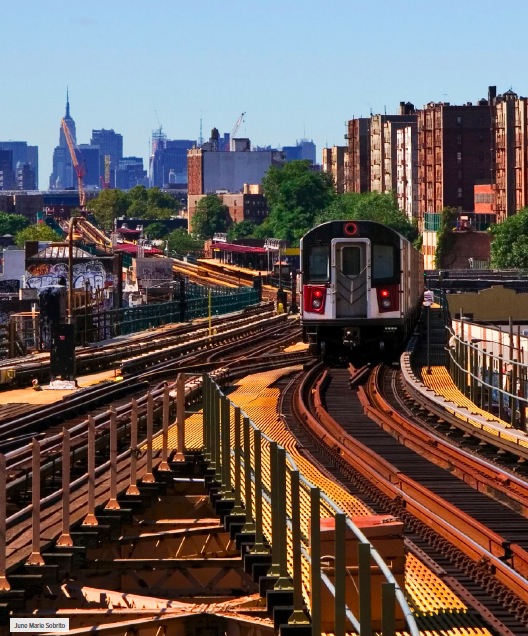


 RSS Feed
RSS Feed